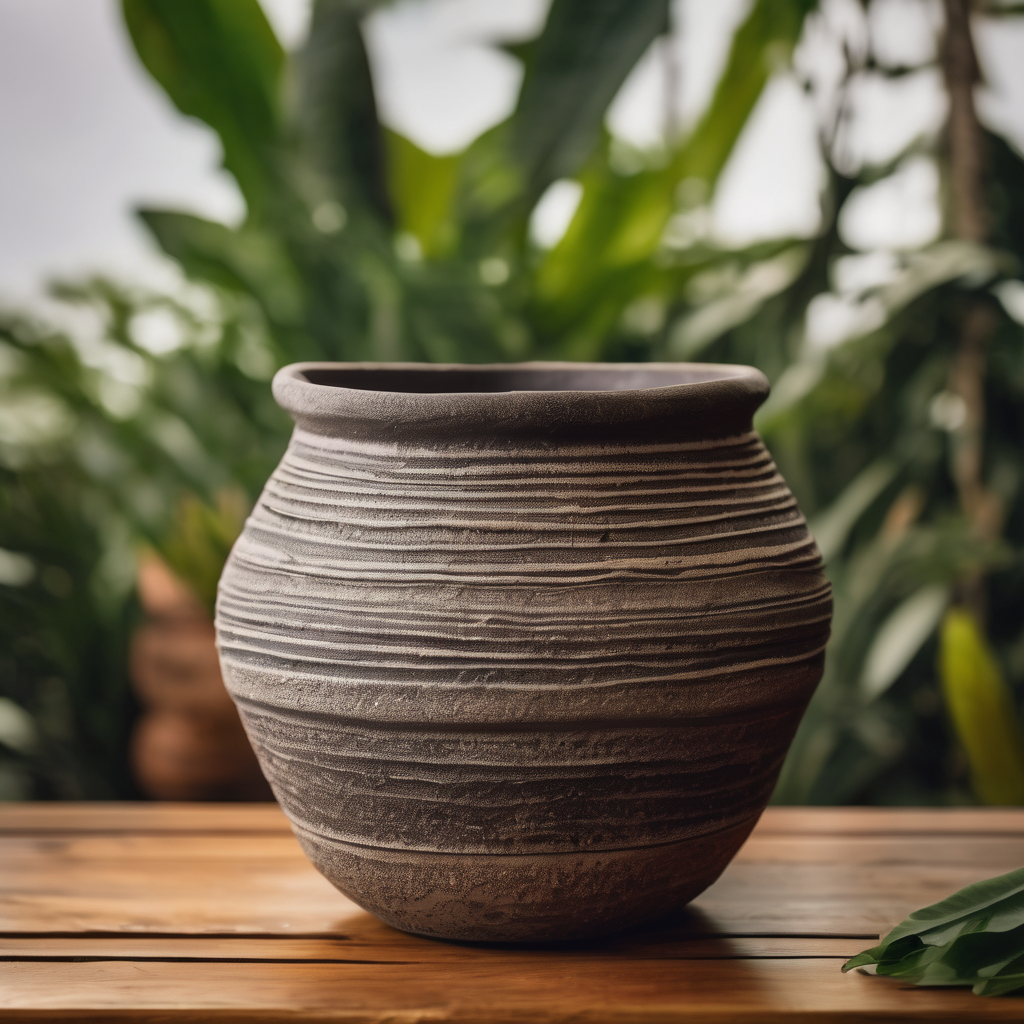In the village of Nakabuta, clay is not merely a material but a profound symbol of identity for the women who devote themselves to the craft of pottery. Known as tulituli or tuli koro, the making of clay pots represents both a livelihood and an embodiment of their cultural heritage. This traditional practice is deeply rooted in Indigenous and Traditional Knowledge (ITK), forming a vital component of the iTaukei people’s cultural foundation, encompassing values and systems that connect them to their land, resources, and each other.
Currently, a significant event – the Na Vuku Ni Vanua Conference, is being held at the Fiji National University. The conference, hosted by the Pacific Community, the Fiji National University, the World Bank’s EnABLE program, and the Ministry of iTaukei Affairs, is focused on how Indigenous and Traditional Knowledge can contribute to climate resilience, cultural continuity, and sustainable futures. A prominent demonstration by Milinia Sivo, a 57-year-old potter from Nakabuta village, stands as a testament to these themes. Her practice of handcrafting clay pots serves to connect audiences with ancient traditions that have survived for generations.
For Milinia and her community, pottery is not only an essential source of income but a rich narrative carried forward by the women’s work, shaping each pot with traditional methods inherited from their ancestors. This artistry has funded community projects, such as building the local church, and continues to attract tourism, fueling both cultural interest and economic benefit in the village.
Echoing similar narratives found in other Fijian communities, as previously reported, the clay pots Milinia crafts are more than household items – they are cultural treasures, or yau vakavanua. These pieces forge connections beyond Nakabuta, extending to other provinces through cultural ceremonies and exchanges, such as the Tui Nayau, where her clay pots played a ceremonial role. Her family lineage of potters illustrates not just a skill but an identity, taught from mother to daughter from a very young age.
Crafting each pot is a meticulous process involving natural tools and materials—stones, sticks, shells, bamboo, and coconut husks—none of which involve modern machinery. This reinforces the cultural significance of maintaining traditional techniques. The craftsmanship demands patience and skill, reflecting a deep connection to the land and heritage.
Despite its significance in economic terms, pottery for Milinia is about cultural expression and preservation. The craft is a tangible linkage to the iTaukei identity, and by teaching the younger generation through participation, watching, and hands-on experience, these traditions continue to thrive amidst evolving global influences.
The dedication to preserving such cultural practices resonates with parallel efforts in other regions that emphasize reinforcing traditional knowledge and crafts as a means of fostering economic development while preserving cultural identity. As community leaders and advocates continuously stress, the integration of traditional practices into modern contexts ensures that these invaluable cultural heritages endure the test of time, strengthening communal resilience and cultural pride.
Milinia’s story is an inspiring reminder that traditions, while vulnerable to changing times, hold intrinsic value in shaping identity and community. It highlights the importance of such conferences that not only celebrate indigenous knowledge systems but also underline the necessity of safeguarding these traditions in adapting to modern challenges. Her work emphasizes that iTaukei identity is intricately woven with the land, the traditions of their ancestors, and the potter’s touch. As such, maintaining cultural identity remains a unified journey of resilience and hope.
